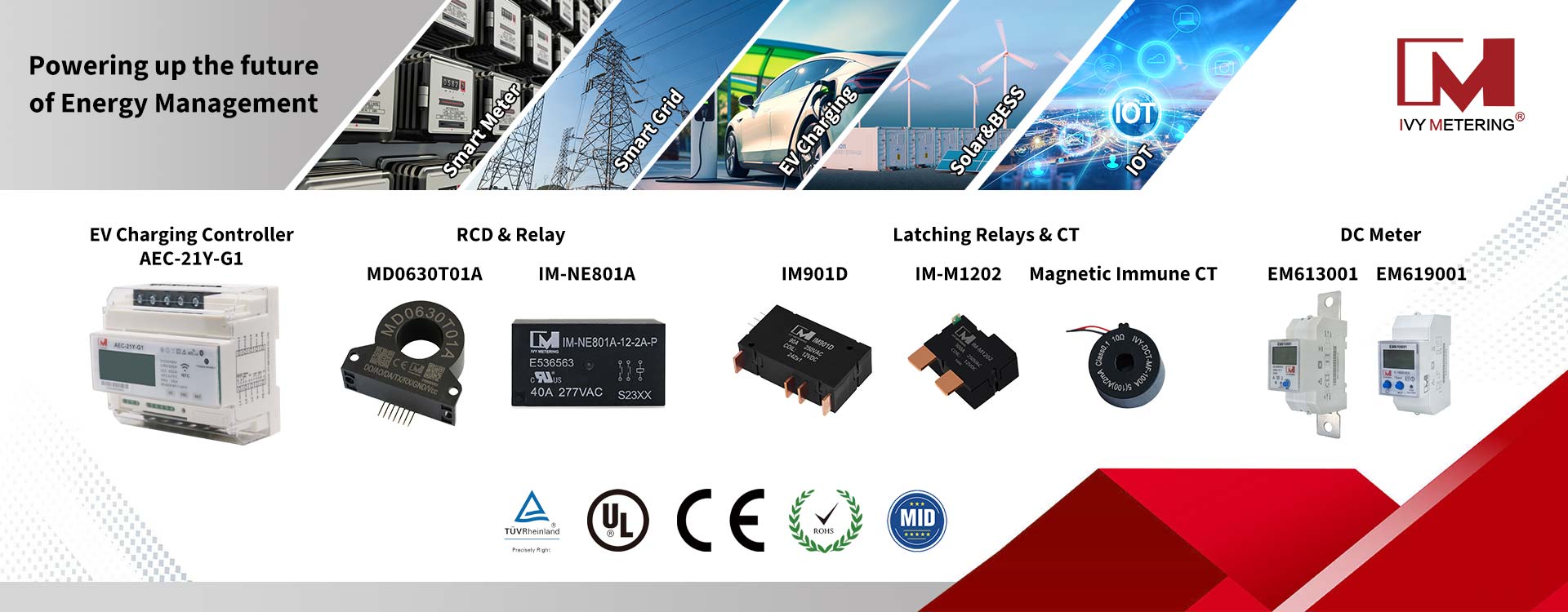Fast charging and slow charging of the EV charger
Foreword: In April 1881, on a street in Paris, France, an unprecedented experiment was being meticulously prepared, attracting many people to stop and watch. The inventor Gustave Provvé is nervously debugging his masterpiece: an electric car with a power supply. Soon afterwards, he made corrections to the electric car, and at this point, the first chargeable car in human history was born!
The fact that electric vehicles appeared earlier than fuel vehicles is beyond the imagination of many people. Because of the energy crisis and the emergence of environmental problems, the demand for rechargeable electric vehicles is increasing. Many people think that this is a new industry. In fact, it has ushered in a golden age in 100 years ago. It is now its " Second Spring". So today we will talk about some content about electric vehicles.One of the core of electric vehicles is the EV charger. A highly efficient component cannot do without the accessories, sensors, transformers, relays, modules, etc. that make up it. Related products can be found on our IVY website www.ivy-metering.com for more information!
And the key point we are going to talk about today is on the fast charging and slow charging of the EV charger. The electric vehicle consumes battery energy. After the battery is consumed, it needs to be supplemented by the EV charger. Under the work of the EV charger, the process of transferring the electric energy from the grid or other energy storage equipment to the vehicle's battery is charging. The electric energy in the power grid or energy storage equipment needs to be converted by the charging equipment to match the technical characteristics of the electric vehicle power battery to complete the charging.
The conversion process of the charging equipment in the EV charger also needs to negotiate with the battery management system BMS (Battery Management System) on the electric vehicle to complete the charging with an appropriate voltage and current, and during the charging process, the charging current will pass through the charging process. Before and after, the high current can be charged faster in the initial stage, and then the low current can be charged more slowly.
Fast charging and slow charging of EV chargers are relative. Generally, fast charging is high-power DC charging, which is the charging interface of DC EV chargers. It converts the AC power of the grid into direct current and transmits it to the fast charging port of the EV charger of electric vehicles. Enter battery charging. It can charge 80% of the battery's capacity in half an hour. Slow charging refers to AC slowly charging. It is the charging interface for AC EV chargers. The AC power from the grid is input to the slow charging port of the electric vehicle, and the AC power is converted to DC through the internal charger of the car. Then enter the battery to complete the charge. The charging process generally takes six to eight hours.
So different currents require different relays. And some of it is that our IVY recently released a new relay-IM-NE801 for slow-charging EV chargers, which combined contact distance of 3mm and the mutual withstand voltage reaches 4000VAC. It also passed UL certification- basic requirement in many local industrial control fields.
So much for the difference between fast charging and slow charging of electric vehicles and EV chargers, we hope this article will be helpful to you. If you want to know more fast charging or slow charging components plz contact us by ebp@ivy-metering to get full catalogue and price list.












